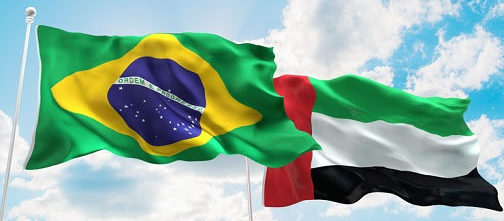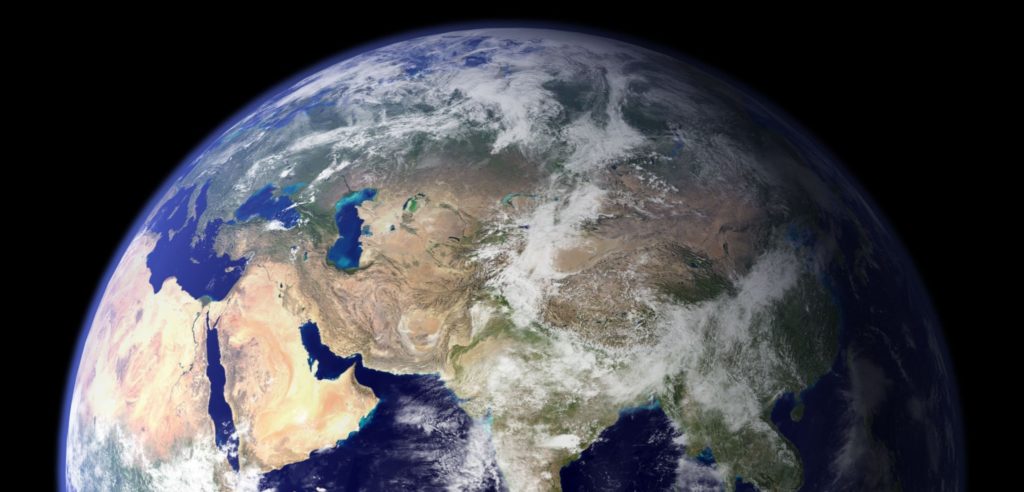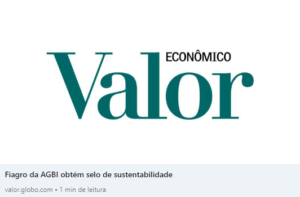The last weeks have marked a historic moment for sustainable finances. At the COP 26, in Glasgow, Scotland, the nations of the world finally managed to achieve a consensus on Article 6 of the Paris Agreement, the most famous item of the Rulebook that clears the path for a global carbon market.
The importance of Brazil in in sustainability and climate related issues is well known due to its biodiversity, different biomes and, obviously, the Amazon Forest. The official Brazilian representatives in Glasgow were aware of their importance in the negotiations and certainly that awareness was a factor in the success of the negotiations. Nonetheless, the absence of the Brazilian president was noted.
On Friday, November 12th, President Bolsonaro was en route to the Persian Gulf for a series of agendas that were didn’t receive the positive attention it deserved, mostly because it was reported as something disconnected to the climate agenda, albeit during the COP 26 proceeding. The criticism, though, did not consider the regions importance to the sustainability discussion – in particular after the advances in Article 6 was about to set the stage for the global carbon market. On the Brazilian perspective, as this article will explore below, the Gulf region is particularly important due to the relevance of its countries relationship with Brazil as major commercial and investment partners, who at the same time need to secure food supply chain and offset carbon emissions from oil and gas industries.
The optimism in Brazil with a global carbon market doesn’t only consider the potential of such market as an environmental and sustainable opportunity, but also its potential to attract investment. The carbon capture in the South American country that exceeds the Nationally Determined Contributions (NDCs), can be traded with other countries, facilitating the transfer and development of green technologies, and reducing NDCs all over the world.
Not to dismiss the importance of the nations that have led the carbon market and climate chance debate in the world, or the main promoters of the topic in Glasgow, but the potential of the Brazilian relationships with Gulf Nations is exactly in the synergy that derives from economies that already trade in foodstuffs and agricultural produces and can easily integrate carbon markets in the future to generate further synergies.

A good example is the UAE, which recently set the UAE Green Agenda Programs (2015-2030). It is no coincidence that it was the first place the Brazilian President visited while the COP26 was coming to an end. In Abu Dhabi, a forum for sustainable finances has been created to foment sustainable investments and a green economy. In Dubai, one of the region’s main financial centers, 60% of the decisions consider ESG principles and recently the Dubai Sustainable Working Group was created with national and international companies. In the Expo Dubai, the theme has taken center stage.
Among the countries that the Brazilian President visited are 3 of the top 5 highest carbon per capita emitters. They weren’t the stars of the COP 26 conference, but certainly are avid to integrate their carbon market with the the South American country, whose agriculture is vastly capable of sequestering carbon. If they can help develop the sustainable agriculture in Brazil or increase carbon capture in order to buy credits that might mitigate their own emissions, both parties will profit and so will the global climate.





